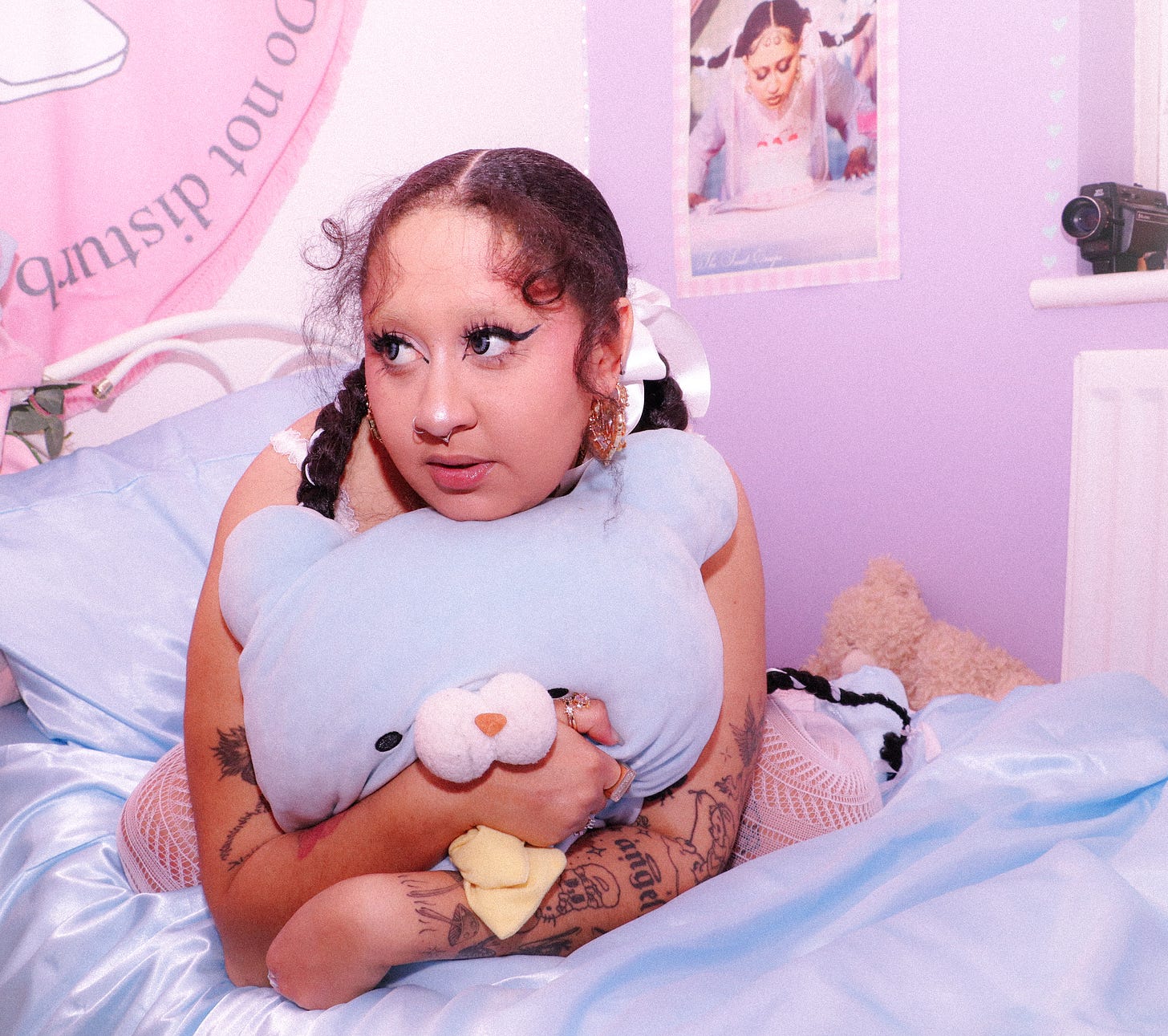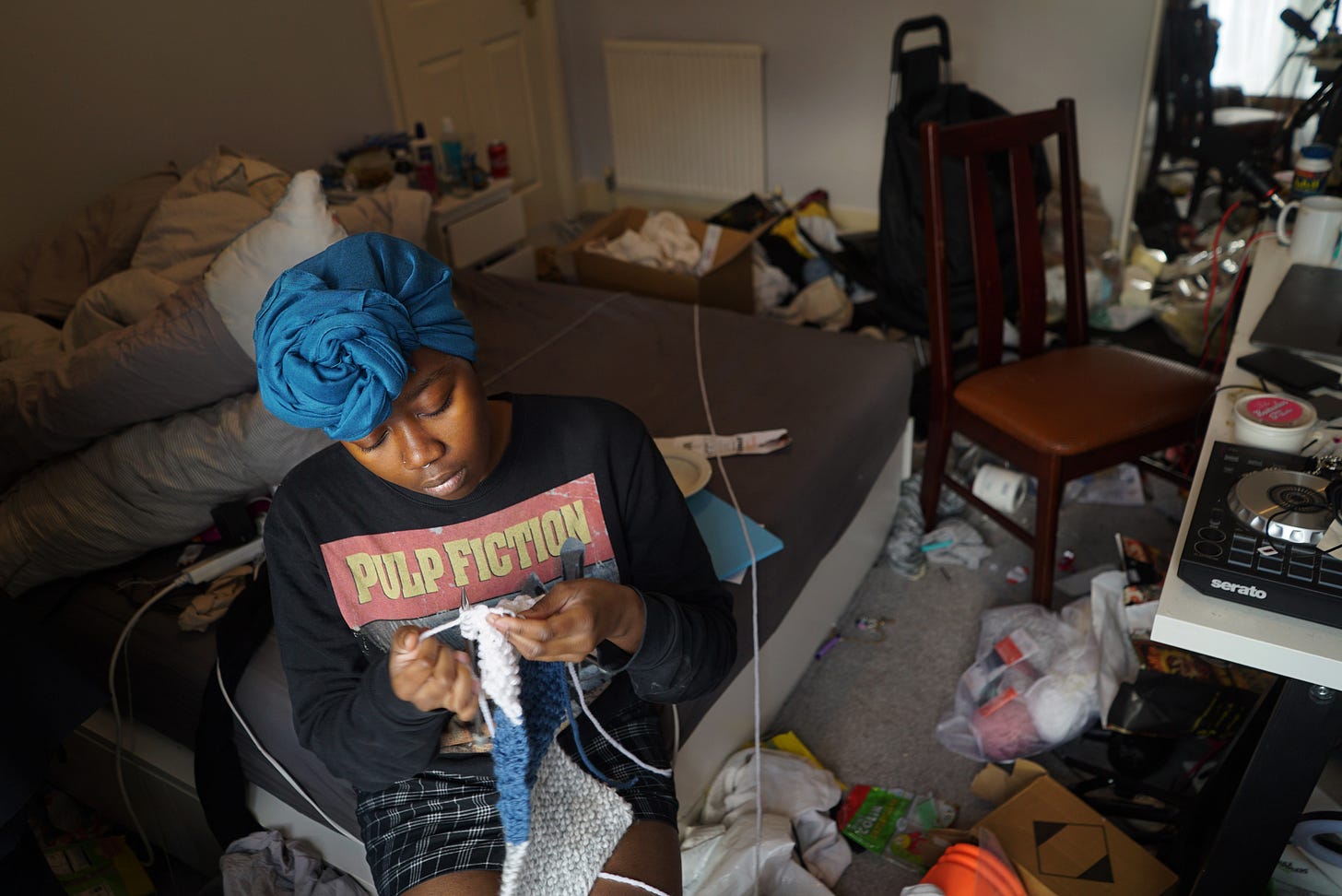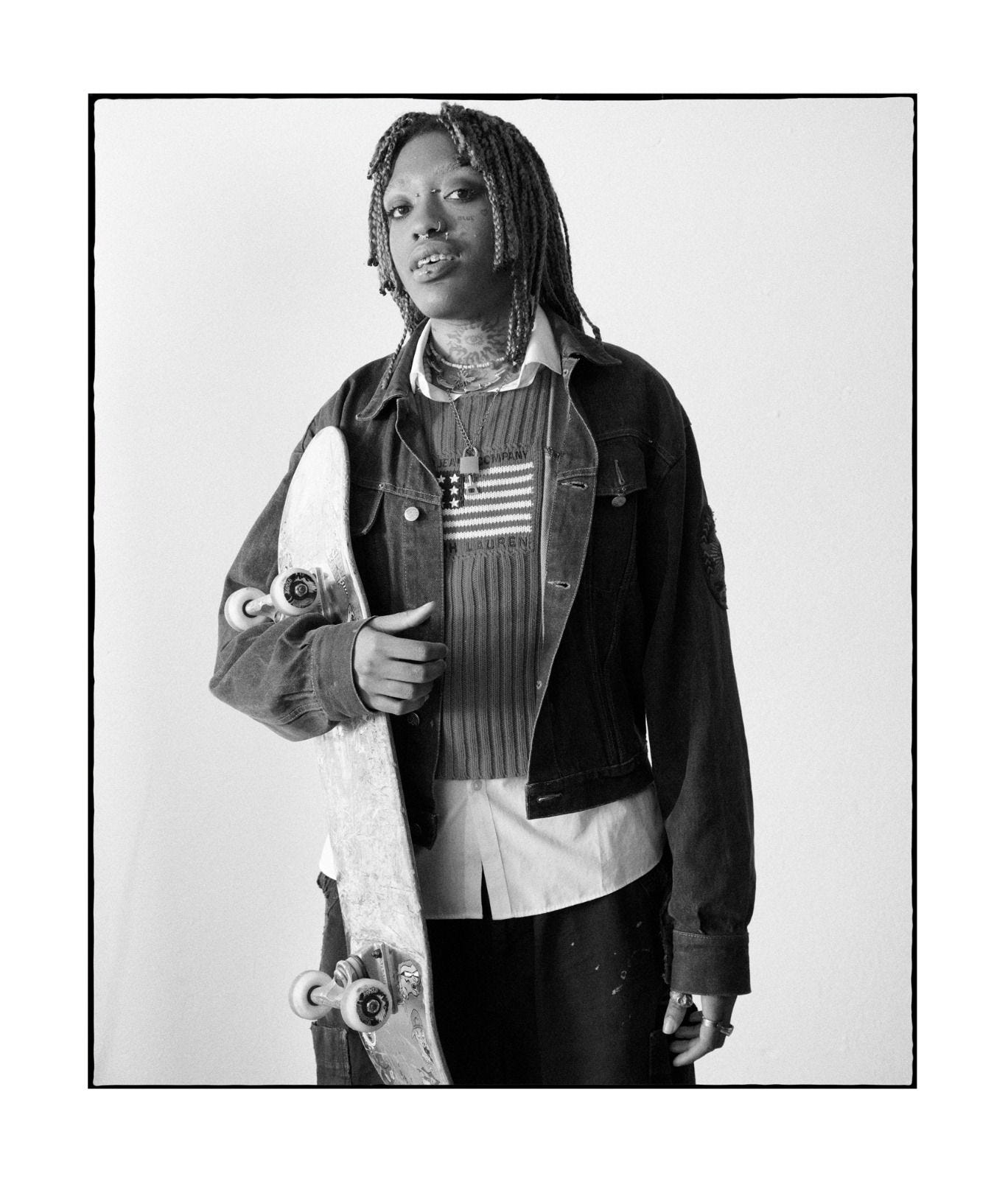Get To Know The Artists - Black to Front: From the Margins into the Centre
We have an unforgettable evening coming up in celebration of Black History Month as we take over NOW Gallery on Thursday 26th October from 6pm-10pm for a special NOW Later event!
For the upcoming event, our spotlight shines on Black photographers and artists who defy the conventional portrayals of the Black experience. The evening will be a dynamic, engaging, and expansive celebration of photography and moving image by Black British artists who have been carving their unique paths outside of the mainstream.
In this blog, we will be highlighting the practices and valuable insights from the contributing artists of the event, shedding light on their creative journeys and the wisdom they'd like to share with fellow artists!
Artist Intros
Could you tell us a little bit about yourself and how you got into your practice?
Ebony Louise Barrett
My name is Ebony Louise Barrett and I'm a 24-year-old black female creative from South London. I am a creative director and photographer and I have my own magazine called BonBon and a podcast called Afternoon Tea. I knew I was always more creative than academic - I went to The Brit School for my sixth form experience and that definitely shaped who I am today. I started off with an interest in illustration but I was never really inspired to draw unless it was in class, so I expanded my horizons and took up an interest in photography which transformed me into who I am today.
Dexter McLean
My name is Dexter McLean. My aunt bought me my first camera when I was 13. I really got into photography when I was doing my Art GCSE in a disabled school, and I fell in love with it. They helped me see photography as art.
Jameisha Prescod
My name is Jameisha Prescod. I am an artist-filmmaker, writer and disability activist from South London. My practice is driven by human storytelling and explores connections between disability, illness, identity and colonialism. I got into my practice after being diagnosed with Lupus in 2014. I was about to start film school and soon realised that many creative sectors are inaccessible to disabled people. In more recent times I've leaned into a research-based practice that uses art to make sense of how marginalised identities impact the way an illness or disability is experienced. I attempt to do this in a way that's slow and accessible.
Blue Kizozo
My name is Blue, and I am Congolese and Nigerian, born in Paris and moved to South London closer to the Surrey area. I had a rocky childhood and was always alienated, but so passionate about art from the start. I was obsessed with dancing at first then got into running, and then competing in that professionally, and then rugby after. After my mum disregarded this very masculine aspect of me, I resided in the realm of art. I started off with painting, which I still do, and fast-forwarding I randomly got into photography as I just wanted to do a creative A-level subject. I did Art, Photography and English Lit; all of my teachers did not encourage me because they said those subjects were very loaded in course work but in my mind, art is not a burden – just do it.
Could you talk about a significant moment or experience in your artistic journey that motivated you to explore the Black experience in a way that challenges common stereotypes?
Ebony: When I started out in photography, I was having a lot of fun with styling and self-expression. I always knew I wanted my work to look a specific way and have a certain essence to it. I loved the softer feeling of film images and the natural filter that worked so well with pastel colours. I was always into alternative fashion, but it wasn't until I went to university that I fully became kawaii. I realised what a minority I was, never seeing any other girls who looked like me or were interested in the same things I was, from there I knew my duty was to create a safe space within my own practice for other girls who also struggled to find their place in this world. I realised how much more fulfilling my work was featuring black women and minorities I could give a platform to.
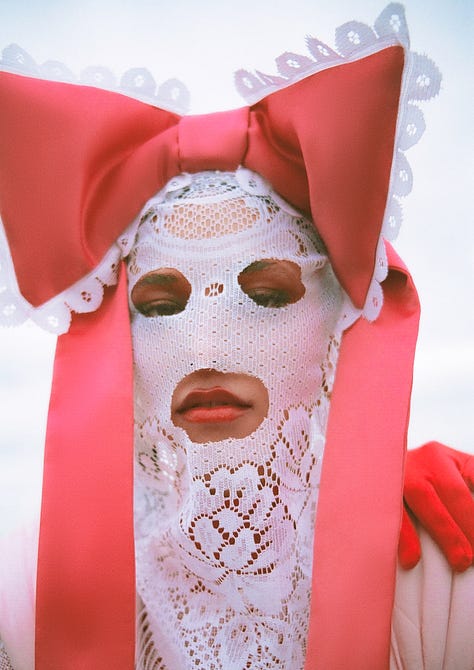
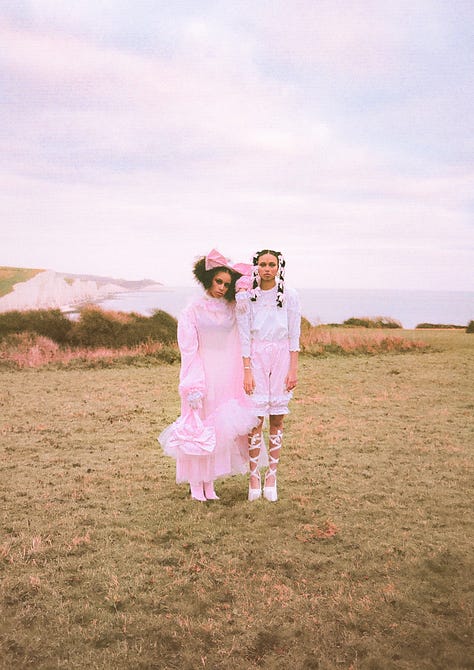
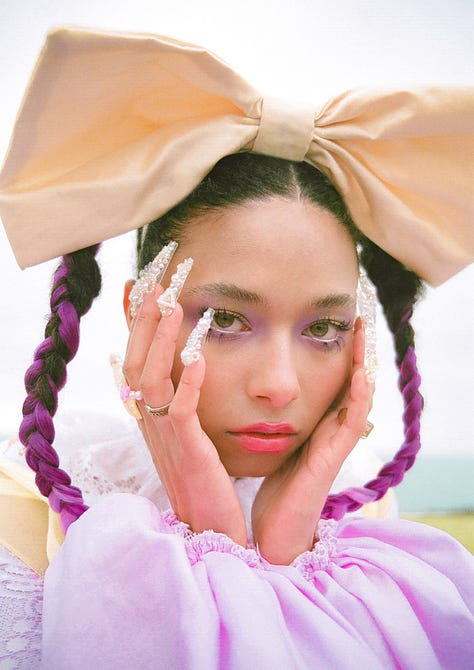
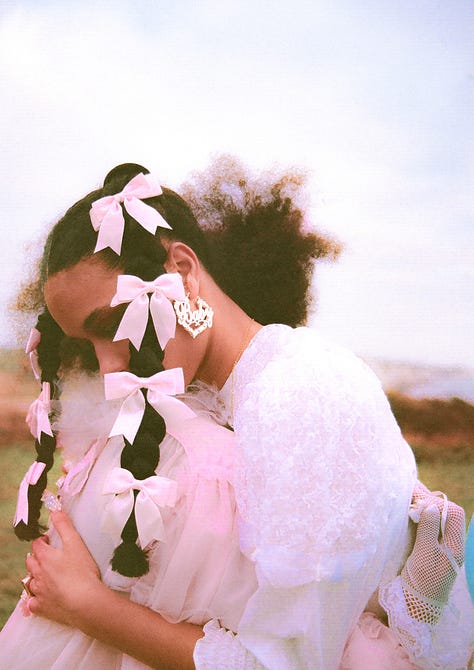
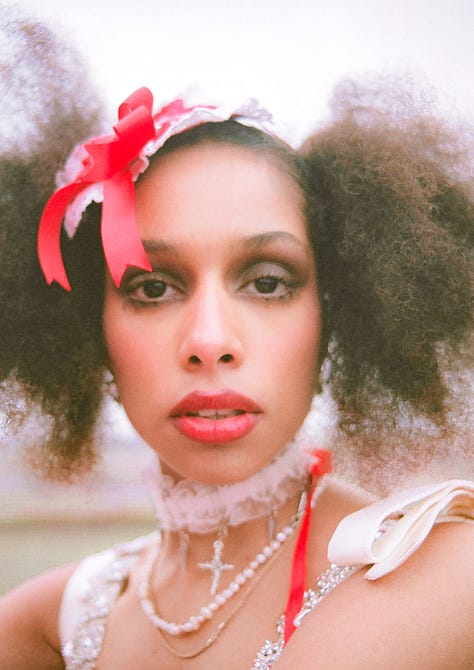
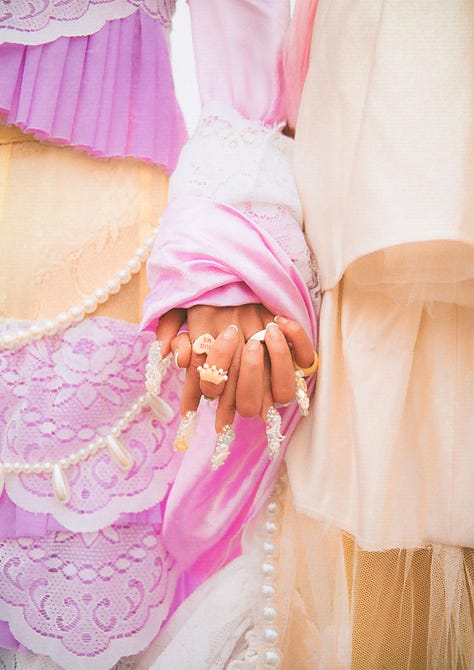
Dexter: After I entered a competition for a small gallery space, they saw my ‘Tower Avenue’ project and offered to host my exhibition in their main gallery space instead. I was getting good feedback on my work from a lot of people who came to that show. I was also in the Taylor-Wessing portrait prize, a portrait of my sister holding an iPhone in front of her face made it to the final shortlist. These experiences have let me know the work I do is liked by people and that I am on the right path and have encouraged me to continue sharing my work and projects.




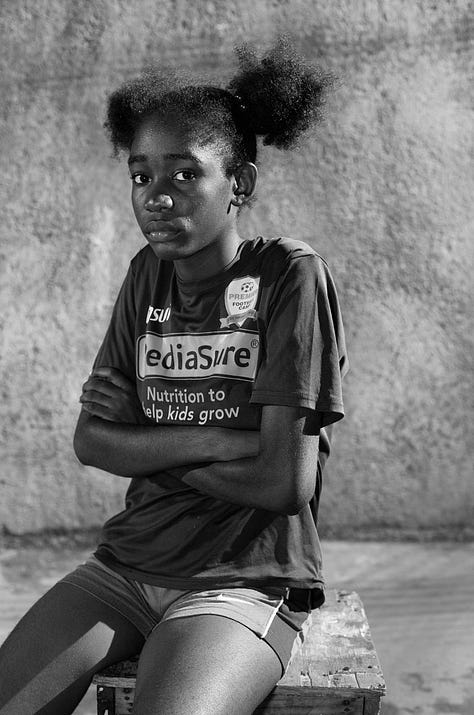

Jameisha: The significant moments that have inspired my artistic journey are retrospective. Since my process is research-based, I often read historical accounts and scientific papers about medicine and health inequity. It's these stories and their lack of contemporary visual representation that push me to challenge these stereotypes in my art. I see my work as an alternative method to archiving the stories Black people were violently denied from sharing in the past and present.
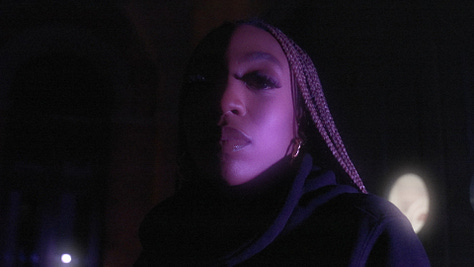


Blue: Firstly, my life is art, so my life is an expression of everything. There hasn’t been one specific moment which inspired me to challenge stereotypes. There's not really compartments, and I think that's why I am so free with it. It's more a thing of how I express myself and the way that I have lived. Getting more into rock, skating, raving and doing things that a lot of Black identities in my area weren't doing, I felt very isolated. I remember when I first dyed my hair red, a Black girl in my school said to me "You're not white". The question is how do we dissociate ourselves from what is for white and for black people, and that's simply doing what you want to fulfil your essence.
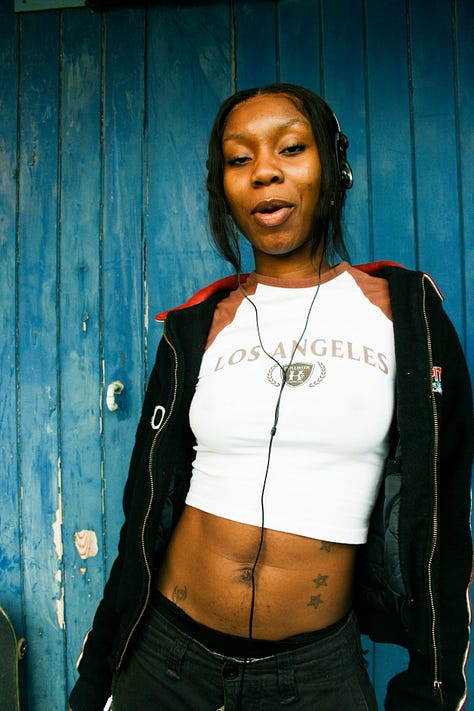
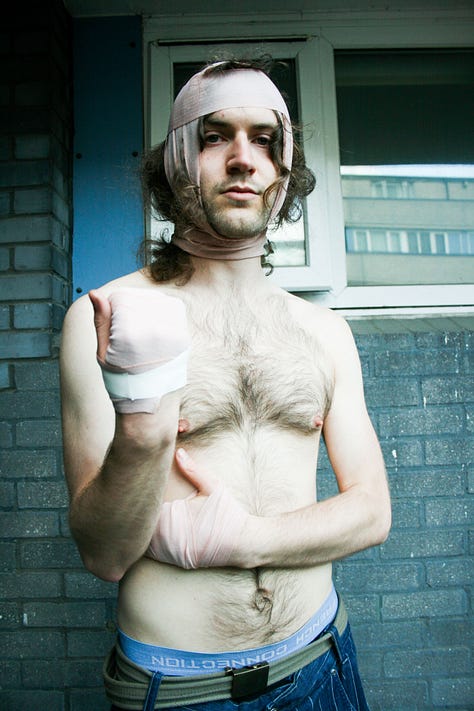
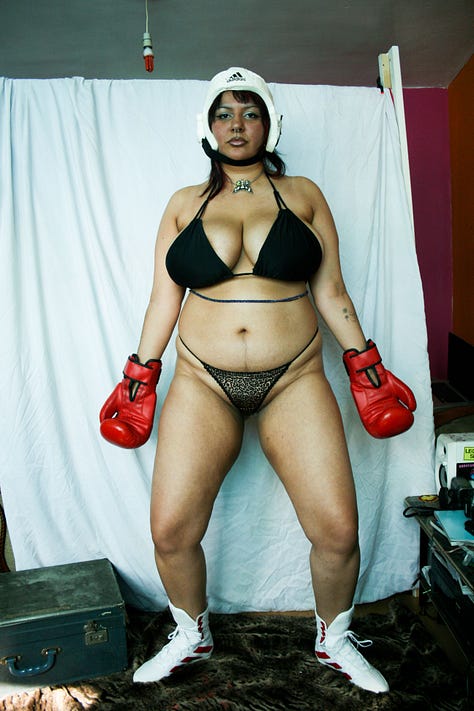
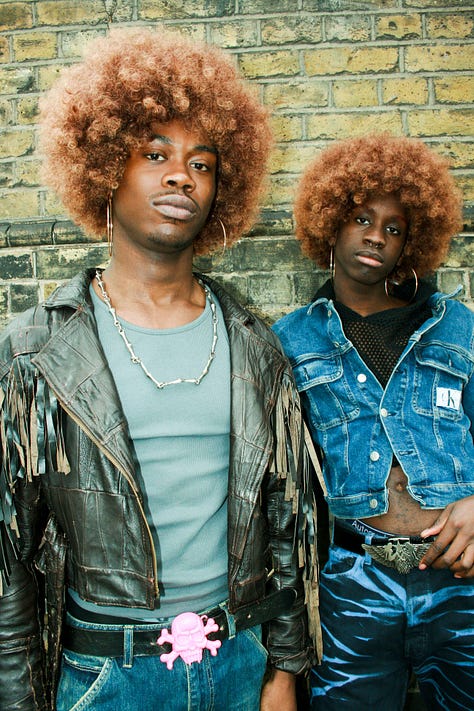
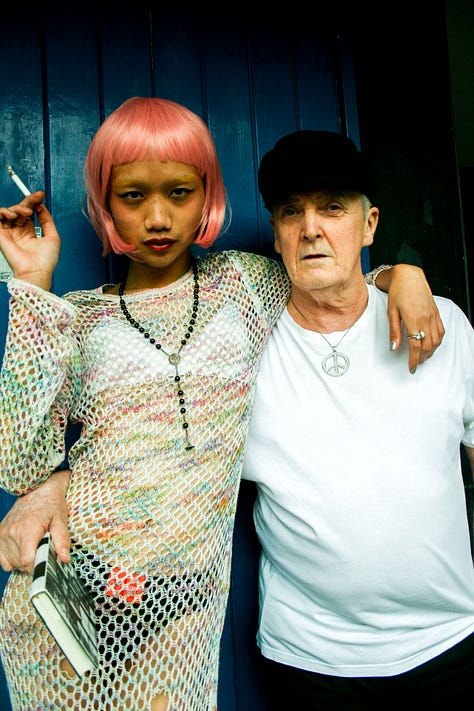
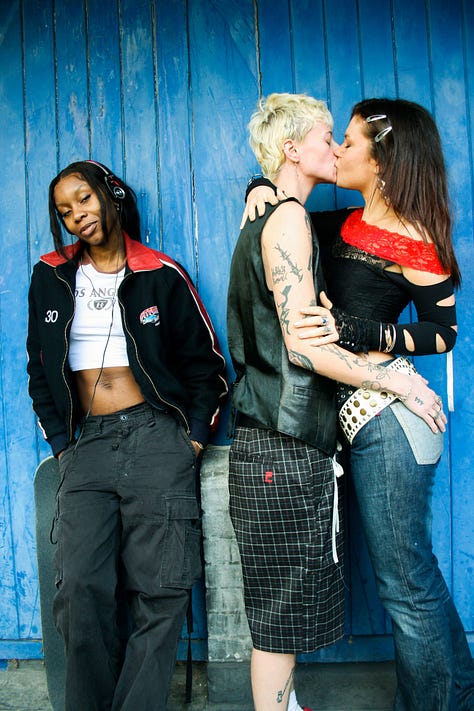
What are you most looking forward to at Black to Front: From the Margins into the Centre event at NOW Gallery?
Ebony: I'm super excited for the Afternoon Tea portion of the evening where I'll be hosting an episode of my podcast. I'm also intrigued to see how other Black creatives have coped with their own unique experiences and how that shows in their work.
Dexter: I am very excited to finally show this body of work in full. I never have had the opportunity to show this project before like this. I want to know what people think about this work. I am looking forward to what people’s reactions are to the work, as I know the work is confrontational.
Jameisha: I'm looking forward to seeing the wealth of Black art that isn't always at the forefront of the creative industries. There are so many Black artists producing profound pieces of work. I'm excited to see their approach to storytelling and how they make sense of the world.
Blue: Meeting other creatives and hearing their experiences and also the Q&A.
What advice would you give to emerging Black photographers and artists who aspire to reshape mainstream narratives through their creative expression?
Ebony: I say just go for it honestly. I had (still have) so much excitement and inspiration when I first started taking pictures and producing photoshoots, but I realised (once I graduated) how expensive this practice is. Save as much money as you can so when you feel inspired to shoot you can just do it! Reach out to other creatives on Instagram and don't be afraid of rejection because it happens to everyone regardless of how successful they are. You truly need a different type of resilience to push through in photography, especially as a Black creative, but it's not impossible and once you find something you really love - you'll do anything to bring it to life, that's what I found anyway.
Dexter: My Motto is don't listen to anyone. If you listen to people you won't get where you want to get. People will put you down even though you are trying to do good in your career. Don't listen to them.
Jameisha: My biggest advice would be to keep faith in your artistic voice. The path to reshaping mainstream narratives is difficult because you're following the unbeaten path. It might feel lonely, but trust your inner artist, trust the process.
Blue: The intention should always come from your inner world and just do what you want. Embrace your growth and really appreciate what you have. At the end of the day, you're beyond this realm - your art is just proof of your existence; your work will be in the visual history. Strive to be heard, not seen because sometimes wanting to be seen can undermine the power of your intention.
We look forward to seeing you all at our NOW Later takeover at the NOW Gallery on the 26th of October.
To book tickets to attend and see the full programme of events, follow the link below!




